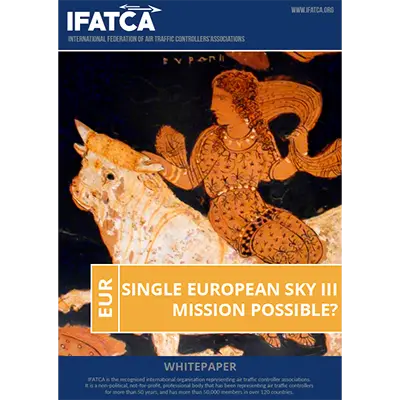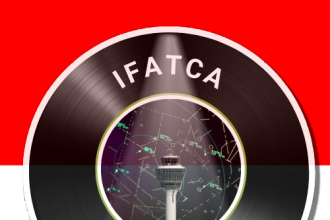The Single European Sky (SES) concept was initially introduced by the European Commission in 1999 to tackle the inefficiencies of the European Air Traffic Management (ATM) system and to ensure it could meet future demand for air travel effectively. However, despite the introduction of two regulatory frameworks and implementation initiatives, SES I in 2004 and SES II in 2009, we are still a long way away from the full implementation of the SES.
IFATCA has now compiled a whitepaper, in which it presents its views on the reasons behind that delay and gives five recommendations to achieve an interoperable,
IFATCA is committed to and has been supporting the SES since its inception. We strongly believe that the SES is possible. However, the onus is on all the stakeholders to collaborate, leave vested interests aside and find a way forward, which avoids the mistakes of the past and addresses the current problems of the ATM system. Only then will the SES become a reality.






